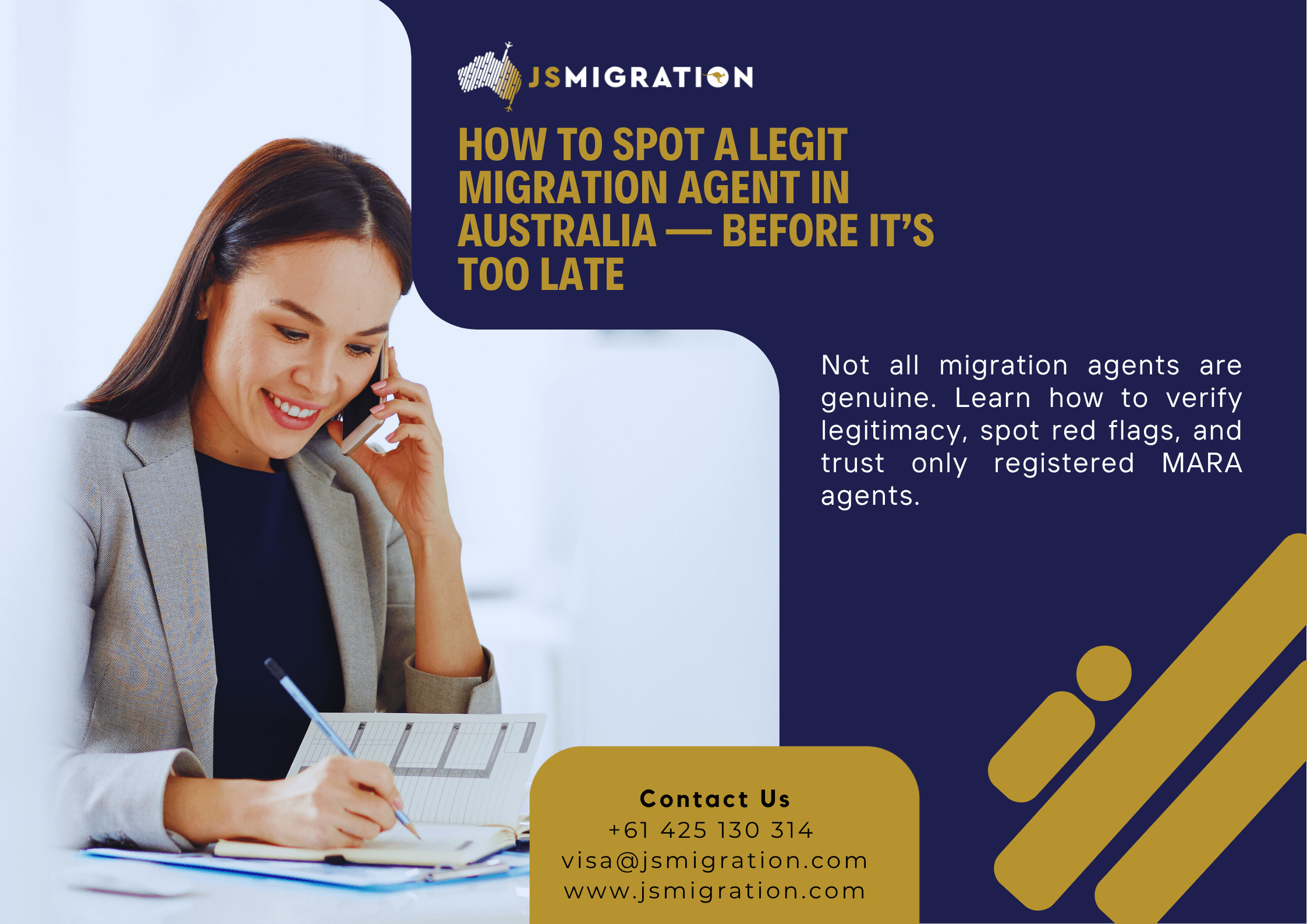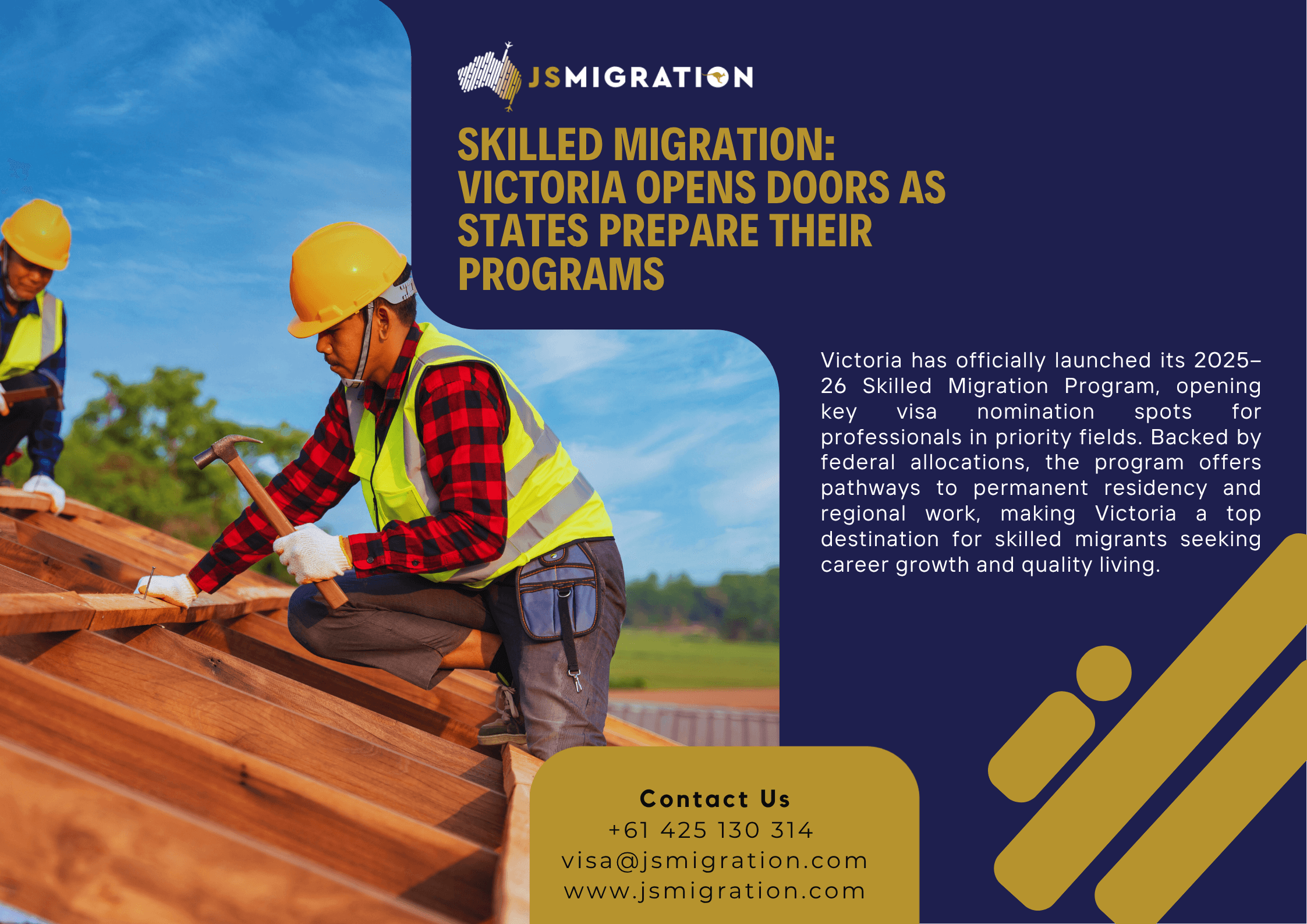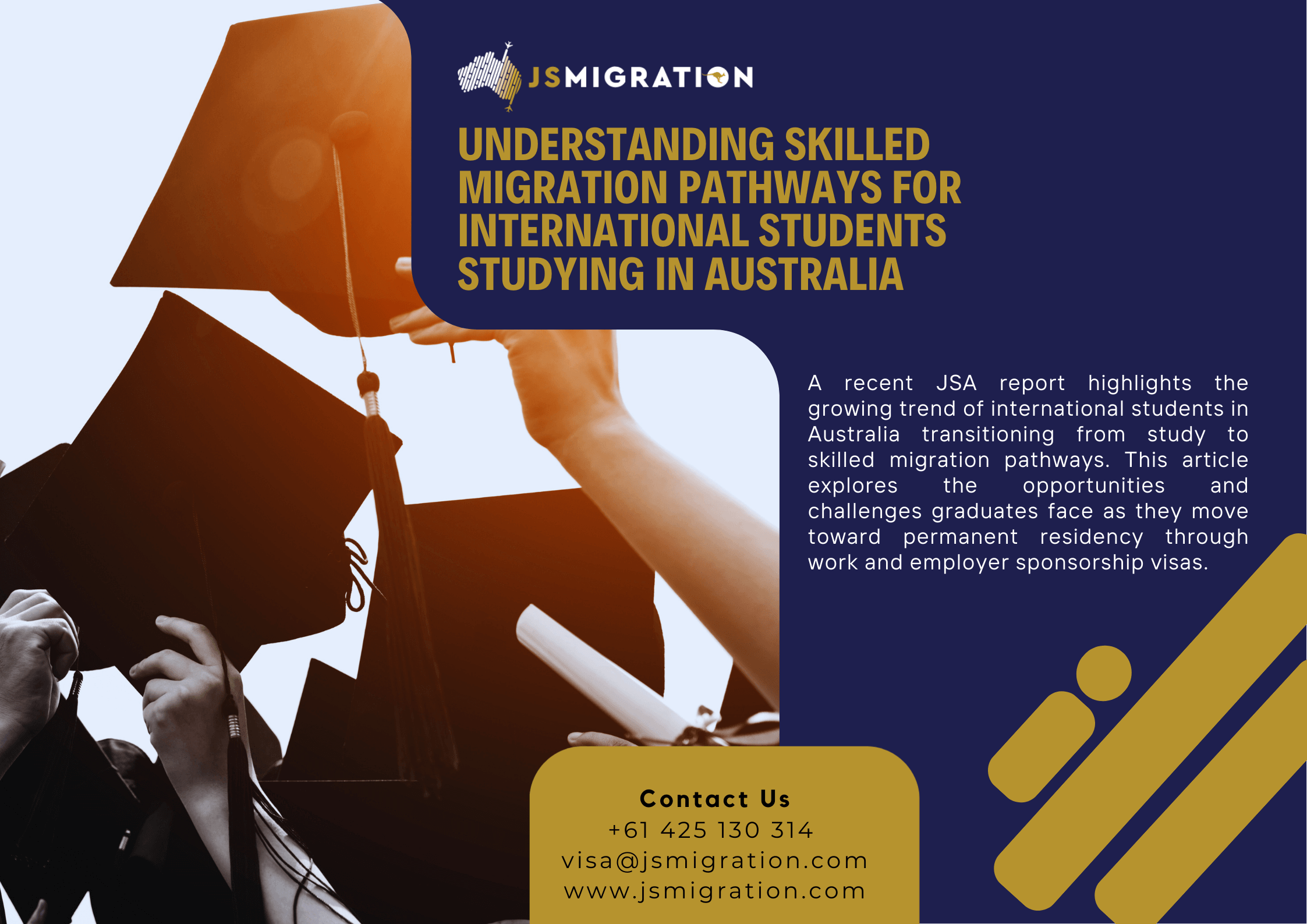According to the Auditor-General Report No. 26 (2023-24), the Department of Home Affairs received more than 3,100 complaints about migration agents between 2018–19 and 2022–23, and referred several cases involving fraudulent conduct to the Australian Border Force.
Every year in Australia, hundreds — and likely thousands — of visa applicants fall victim to poor immigration advice or outright scams. If you’re standing at the starting line of your visa journey, you need to ask: How do I know the agent I’ll trust with my documents, my future and my money is legit?
The good news: you can check. And in doing so, you give yourself a far better chance of success.
Here’s your roadmap — with a friendly check-list and a deep dive into what to look for… using real-world examples and specific checks (including how to verify a MARN, what legitimate agents show on their website, and what red flags scream “run the other way”).
Step 1: The Golden Rule – Verify the MARN
The single most important check you can do: whether the person offering immigration help is a registered migration agent with the Office of the Migration Agents Registration Authority (OMARA).
Here’s how:
- Every registered agent has a Migration Agent Registration Number (MARN).
- You can go to OMARA’s “Search the Register of Migration Agents” page and enter the name, business name or MARN.
- If you find them: you’ll see their registration status, expiry date, and details. If you don’t find them — they’re not registered and you should treat that as a major red flag.
Why this matters: It’s illegal in Australia to charge for immigration assistance or advice unless you’re registered (or a lawyer/exempt person). So no registration = no protection.
Step 2: What a Legit Agent’s Website Should Show
Let’s use the team at JS Migration as an example of how a transparent, professional firm presents itself:
- We proudly identify ourselves as a registered and trusted migration agency, and we make sure our full contact details — including our Brisbane office address, phone number, and official email — are clearly available to everyone we assist.
- We describe our services clearly (visa subclasses they support, blog resources, FAQs) rather than vague promises.
- Our website invites questions and offers a consult.
By comparison, an agent with a website that simply says “We’ll get you a visa fast” or “Guaranteed success” — without names, physical address or firm details — is far more likely to be taking shortcuts or worse.
Step 3: Ask for Papers Before Paying Anything
Once you like what you see online and the agent passes the MARN check, make sure they provide you with a written service agreement. That agreement should include:
- The scope of work: what exactly they will do for you
- The fee schedule: how much you’ll pay, when, and for what stages
- Refund policy (if applicable)
- Who in the firm is responsible for your case
If you’re asked to pay large sums without any contract, or to transfer money to a private account, or you’re told “just pay now and we’ll deal with the agreement later” — get out. Legit agents will give clarity up front; dodgy ones try to hide the details.
Step 4: Beware the “Visa Approved Guarantee” Trap
Here’s something many applicants hear: “Pay us now and we’ll guarantee your visa.” Sounds great—but it’s false. Why?
- Even the best agent cannot control final decisions. The visa-granting authority (the Department of Home Affairs) assesses your eligibility.
- Promising “100% success” is a hallmark of deceit. Realistic agents talk about likelihoods, risks, what evidence is needed, not miracles.
Here at JS Migration you’ll find that we talk about strong cases, clear evidence, possible challenges — not “visa approved tomorrow”. That honesty is the mark of a professional.
Step 5: Look for a Human Connection (Not a Hard Sell)
A good migration agent will treat you like a person, not just a transaction. They will:
- Ask about you: your background, your goals, your preferences, your family situation.
- Explain alternatives and ask questions: e.g., “Have you lived in Australia before? Do you have work experience? What are your long-term plans?”
- Give you time, let you think, answer your follow-up questions.
If instead they rush you – “Sign today or lose your chance!”, “Must pay now!”, “We’ve got a special rate” – you’re likely dealing with an agent more interested in sales than your welfare. When someone is pushing you urgently to pay, your future may not be their priority.
Step 6: Double-Check Their History
Before signing on, do a bit of detective work:
- Google the agent’s name + “migration agent” + “reviews” or “complaints”.
- Check LinkedIn or professional networks: is there a legitimate profile, background and experience?
- Read testimonials — but also ask: are they verifiable? Are they specific?
- Look for any disciplinary decision or mention in media of misconduct. (OMARA publishes decisions.)
While very few agents behave badly, even one problem in the past is worth factoring in. The regulatory system has identified that while most agents are ethical, a small cohort is involved in unethical or criminal behaviour.
Step 7: Red Flags – The “Alarm Bells” Checklist
Here are the warning signs. If you spot one or more, you should pause and reconsider:
- They can’t or won’t provide a MARN or show you their registration.
- They promise “100 % visa approval” or “Guaranteed residency”.
- They ask for large sums upfront without clear explanation of services.
- They request payment to a personal bank account or via untraceable methods.
- Their website lacks a real address or full names; only a generic email or social-media contact.
- They say “you don’t need to provide proof” or “we have special access to the Department”.
- Their fees are far lower (or far higher) than market norms — unusually cheap can be just as risky as suspiciously expensive.
Remember: one red flag could be a misunderstanding; two or more is serious risk.
Step 8: What to Do If Something Goes Wrong
If you suspect the migration agent you used is illegitimate, or you’ve suffered from bad advice:
- Check OMARA: Was the person registered at the time you engaged them?
- Gather documentation: Invoices, emails, your application copy, payment receipts.
- Report:
- If they were registered and you believe they acted unethically: make a complaint to OMARA.
- If they were not registered: you may report them to the Department of Home Affairs or local consumer protection/authorities.
- Seek a registered agent now to review your case and help you recover or mitigate damage.
- Keep all records: you may need them if your visa application is jeopardised.
The cost of ignoring a bad agent can be huge: lost fees, lost time, perhaps even lost visa eligibility.
Step 9: The Emotional Side – Trust Your Instincts
This isn’t just about forms and numbers. It’s about your future — your career, your family, where you live, your dreams.
When you step into an agent’s office or enter a Zoom meeting, you should feel heard, informed, respected. You should walk away from that conversation thinking: I understand what’s going to happen, I know what they’ll do, I know what I’ll need to provide, and I know what I’m paying for.
If instead you walk away feeling confused, unsettled, rushed or pressured — that’s your gut telling you to hold off.
Step 10: Quick Checklist to Carry With You
Before you sign anything or pay anything, ask:
- ✅ Can I find this person or business on the OMARA register?
- ✅ Do they show their name, MARN, office address and business contact?
- ✅ Have they given me a written service agreement explaining what they’ll do and what they’ll charge?
- ✅ Are they realistic about outcomes and transparent about challenges?
- ✅ Did I feel comfortable asking questions and getting clear answers?
If you tick all five — you’re probably on safe ground. If you’re missing one or more, take a step back and ask more questions — or look elsewhere.
Final Thoughts
The best migration journey is not always the fastest or cheapest. It’s the one built on honesty, expertise, and clear communication.
At JS Migration we believe every client deserves clarity before commitment. We’ll show you our MARN, explain what we’ll do for you, give you a service agreement, and treat you like a partner in your journey — not just a file number. Because when it comes to migration, legitimacy isn’t optional. It’s your strongest protection.



